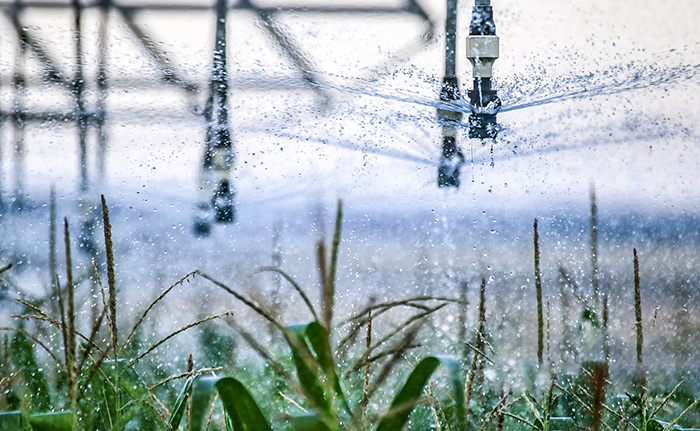Today, the editor will introduce to you how to deal with common faults of control valves. Let’s take a look!
What parts should be checked when a fault occurs?
1. The inner wall of the valve body
The inner wall of the valve body is frequently impacted and corroded by the medium when regulating valves are employed in high-pressure differential and corrosive media settings, so it is important to pay attention to assessing its corrosion and pressure resistance.
2. Valve seat
The inner surface of the thread that secures the valve seat corrodes quickly when the regulating valve is operating, which leads to the valve seat becoming looser. This is because of the medium’s penetration. When inspecting, keep this in mind. The valve seat sealing surface needs to be inspected for deterioration while the valve is operating under significant pressure differentials.
3. Spool
The regulating valve’s movable component when it is in operation is called the valve core. It is the one that the media has damaged and eroded the most. Every component of the valve core needs to have its wear and corrosion properly inspected during maintenance. It should be noted that the wear of the valve core (cavitation) is more severe when the pressure differential is considerable. It is necessary to repair the valve core if it is significantly damaged. Furthermore, you ought to be mindful of any comparable occurrences on the valve stem as well as any loose connections with the valve core.
4. “O” rings and other gaskets
Whether it’s aging or cracking.
5. PTFE packing, sealing grease
Whether it is aging and whether the mating surface is damaged, it should be replaced if necessary.
The regulating valve makes noise, what should I do?
1. Eliminate resonance noise
The energy won’t be overlaid until the regulating valve resonates, creating a loud noise that is louder than 100 dB. Some have low noise but powerful vibrations, some have loud noises but weak vibrations, while some have both noise and loud vibrations.
Single-tone sounds, usually at frequencies between 3000 and 7000 Hz, are produced by this noise. Of course, the noise will go away on its own if the resonance is removed.
2. Eliminate cavitation noise
The primary cause of hydrodynamic noise is cavitation. Strong local turbulence and cavitation noise are produced by the high-speed impact that occurs when bubbles collapse during cavitation.
This noise has a broad frequency range and a rattling sound that is reminiscent of fluids that contain pebbles and sand. One efficient method of getting rid of and cutting down on noise is to minimize and reduce cavitation.
3. Use thick-walled pipes
One option to address the sound path is to use pipes with strong walls. Use of thick-walled pipes can reduce noise by 0 to 20 decibels, while thin-walled pipes can increase noise by 5 decibels. The stronger the noise reduction effect, the thicker the pipe wall of the same pipe diameter and the larger the pipe diameter of the same wall thickness.
For instance, the noise reduction amount can be -3.5, -2 (that is, raised), 0, 3, and 6 when the wall thickness of DN200 pipe is 6.25, 6.75, 8, 10, 12.5, 15, 18, 20, and 21.5mm, respectively. 12, 13, 14, and 14.5 dB. Naturally, the cost increases with wall thickness.
4. Use sound-absorbing materials
This is also the most popular and efficient way to process sound paths. Pipes can be wrapped with materials that absorb sound behind valves and noise sources.
It is important to remember that noise travels great distances through fluid flow, thus using thick-walled pipes or wrapping the sound-absorbing material will not completely eliminate the noise.
Due to its higher cost, this approach is best suited for scenarios in which noise levels are low and pipeline lengths are short.
5.Series muffler
Aerodynamic noise can be eliminated using this technique. It has the ability to efficiently decrease the noise level communicated to the solid barrier layer and eradicate noise inside the fluid. Large mass flow or high pressure drop ratio areas prior to and following the valve are best suited for this method’s economy and effectiveness.
Absorptive in-line silencers are an effective way to cut noise. Nonetheless, the attenuation is typically restricted to roughly 25 dB due to cost factors.
6. Soundproof box
Use soundproof boxes, houses and buildings to isolate internal noise sources and reduce external environmental noise to an acceptable range.
7. Series throttling
The series throttling approach is used when the regulating valve pressure is relatively high (△P/P1≥0.8). This means that the entire pressure drop is distributed between the regulating valve and the fixed throttling element behind the valve. The best ways to minimize noise are via porous flow limiting plates, diffusers, etc.
The diffuser must be designed in accordance with the design (physical shape, size) for maximum diffuser efficiency.
Post time: Oct-13-2023




